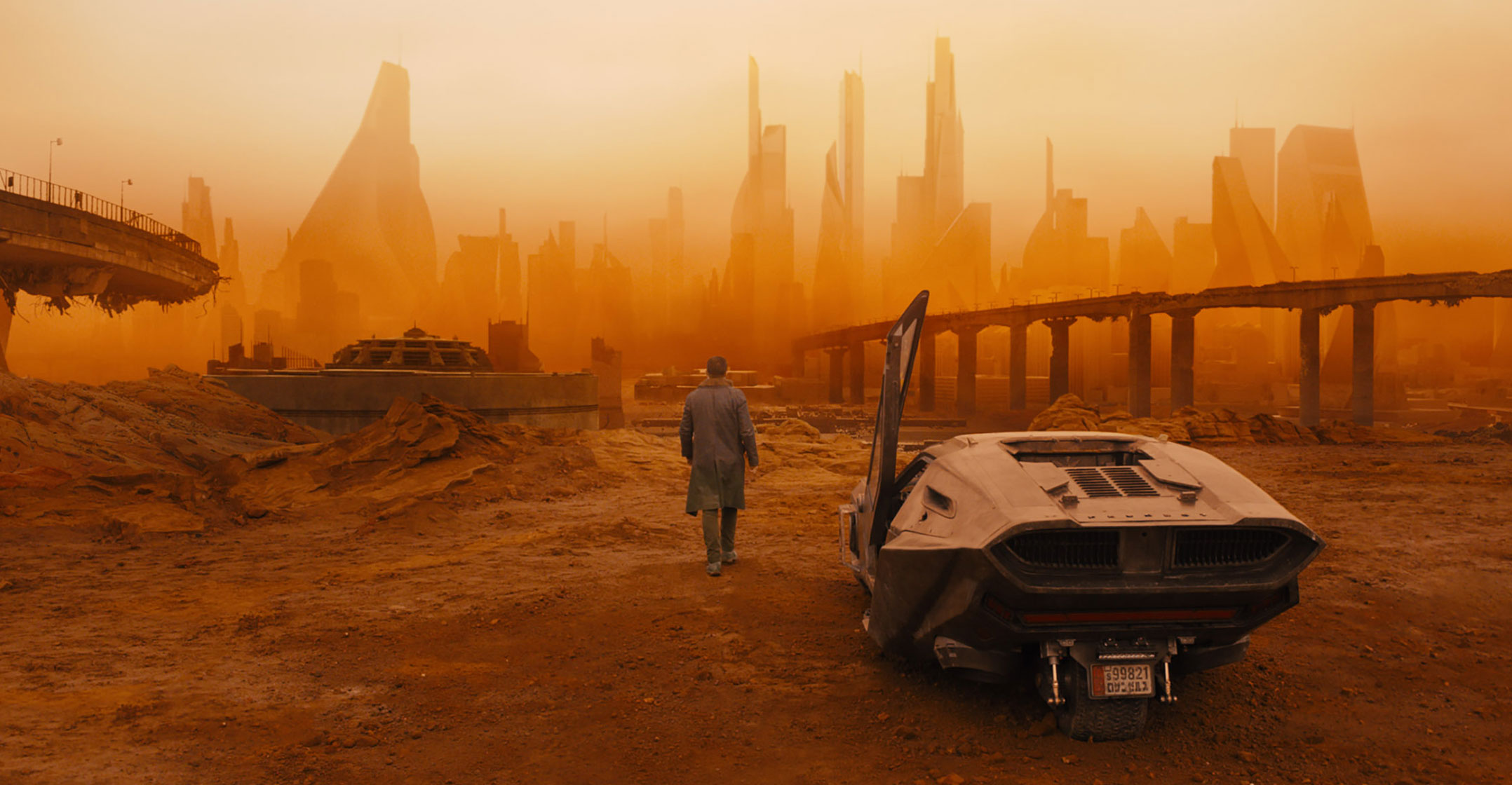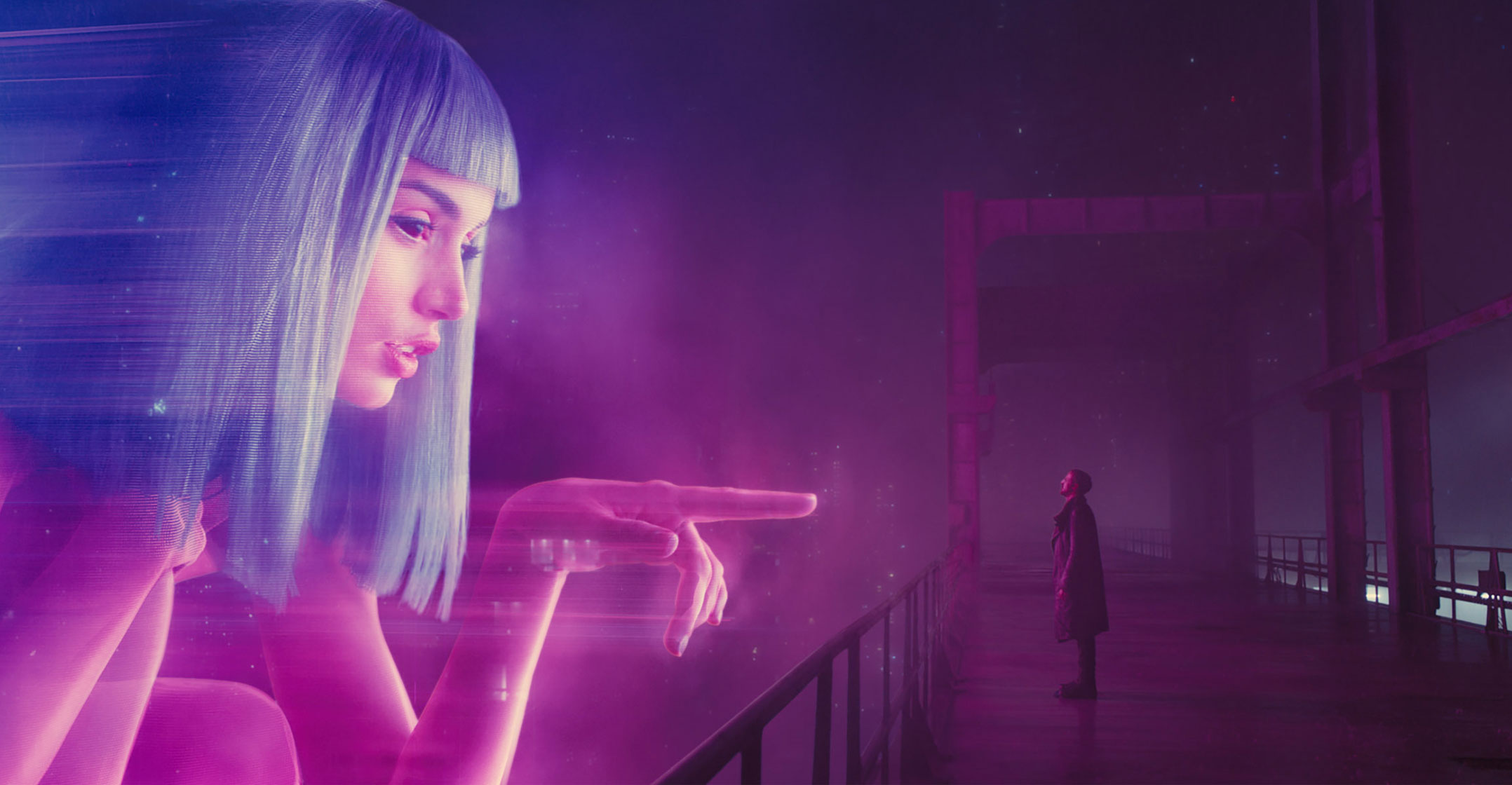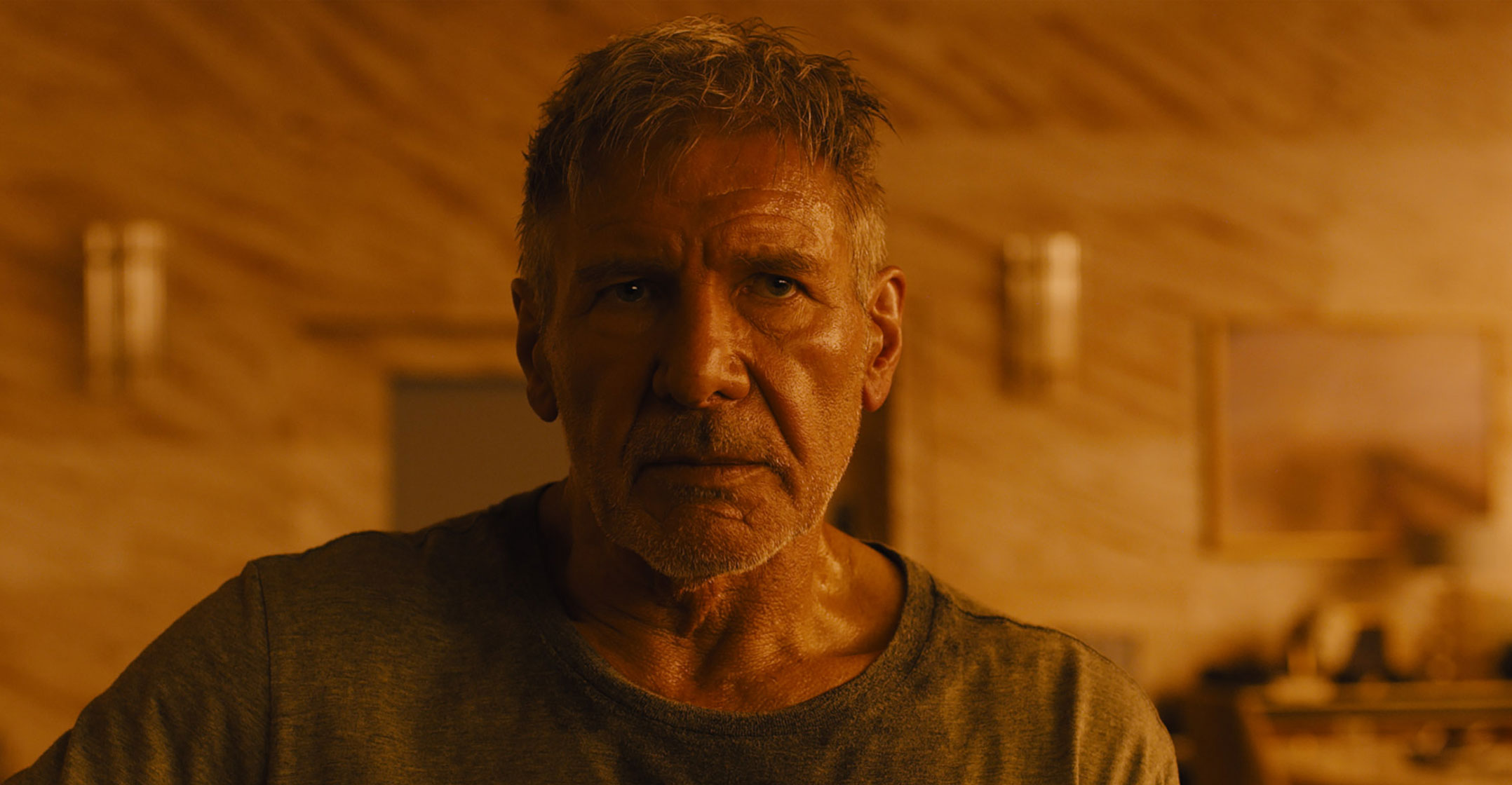
Because Ridley Scott’s Blade Runner flopped at the box office 35 years ago, the adaptation of Philip K Dick’s Do Androids Dream of Electric Sheep? has remained a movie rather becoming than a franchise.
Unsullied by reboots, prequels, sequels and cross-media spin-offs, unburdened by years of canon and lore, it’s as close a director can get to virgin territory in blockbuster filmmaking these days.
Blade Runner gets a new definitive cut every decade or so, but its extended universe is almost empty beyond a PC game that has become obscure and some shorts made to promote the new film. Its rain-drenched cityscape and ambiguous characters hold mysteries, unlike Star Wars and Alien which have no more secrets. Instead of dispelling the smog shrouding the neon, director Denis Villeneuve adds to the mystique in Blade Runner 2049 and creates a vision of his own that is more than a simulacrum of the original.
Rather than upping the action, Villeneuve makes a sequel that is even slower and more meditative than the original. Where there is violence, it’s brutal and to the point. Where there is humour, it is deadpan satire rather than throwaway banter. The film owes more to A.I. Artificial Intelligence, Andrei Tarkovsky’s Solaris or 2001 than to most contemporary sci-fi blockbusters. Blade Runner 2049 is an anti-Marvel film, made on a Marvel budget.
Following its predecessor’s template, Blade Runner 2049 is a neo-noir detective story with a science-fiction setting. Ryan Gosling is “K”, a cop tasked with hunting down and “retiring” rogue replicants — bioengineered humanoid workers with super-strength and super-intelligence. He is a replicant himself, though one made to be more obedient and less prone to emotional breakdowns than the misbehaving models of the first film.
The universe K lives in, 30 years after the events of Blade Runner, is even bleaker than it was before. An event called the blackout has wiped out the world’s digital memory, meaning that K needs to hunt for clues in paper archives and interview people like an old-school gumshoe as he seeks the truth. As in Blade Runner, his search is as much about unlocking the secret of what it means to be human as it is about finding a missing person.
Technically dazzling
Blade Runner 2049 is the most technically dazzling film of the year. It’s as visually striking as Blade Runner, with mesmerising cinematography from 13-time Oscar nominee, Roger Deakins (give him his Oscar already!), and sumptuous production design from Dennis Gassner, who also collaborated with Deakins on Skyfall. The film leans heavily on impressive practical, in-camera effects, each frame looking like it should hang in a gallery.
Deakins, who also worked with Villeneuve on Sicario and Prisoners, adds to Blade Runner’s visual language rather merely than imitating it. Where Blade Runner is street-level noir, Blade Runner 2049 zooms back from its characters and dwarfs them in landscapes that are grand and pitiless. From a Las Vegas choked on red dust to a protein farm on an icy wasteland, from the grimy streets of Los Angeles to the minimalist interiors of the Tyrell Corporation, Blade Runner 2049 exudes atmosphere.

Though not the equal of the Vangelis score for Blade Runner, the droning, synth-washed soundtrack from Hans Zimmer and Benjamin Wallfisch is alienating and hypnotic, many miles from Zimmer’s usual bombast. This is a film that speaks through visuals and sound design rather than dialogue — perhaps as well because some of the writing leans towards the ponderous.
There’s a danger, at times, that the characters might get lost in the splendour of the landscapes, but each of them is as memorable as Blade Runner’s original cast. Harrison Ford, as the trailers reveal, is back as Rick Deckard, the blade runner of the original film. He reprises the role with a weather-beaten candour. Jared Leto cuts a monstrous figure as blind, megalomaniacal businessman, Niander Wallace, supported by a creepy replicant henchwoman (Sylvia Hoeks).
A spectacled Dave Bautista as a rogue replicant, Robin Wright as K’s no-nonsense boss, and newcomer Ana de Armas as a holographic virtual assistant are all memorable in their relatively minor parts. But this is a story about K, and Gosling is well cast as the stony, competent replicant in search of his humanity. He’s as gruff and inscrutable here as in Drive or Only God Forgives, an echo of the classic tough guy Ford created for the first film.
Blade Runner 2049 is an ambitious film about big themes like how memory shapes motivation, how action defines character and what separates real consciousness from something that merely resembles it. With a running time of nearly three hours, the film occasionally risks becoming dreary rather than contemplative, portentous rather than profound. The last act is a bit pat and reductive. But the sequel is, for the most part, a beguiling tone poem that spins out some interesting questions and thoughtfully expands on the themes of Blade Runner, which feel more relevant than ever.

The film has underperformed in its opening weekend at the US box office, reducing the chances of further sequels in the short to medium term. That’s almost okay. There are worse fates. Consider how much the Alien franchise has been cheapened with every universe extension and new film since Aliens, including Scott’s overripe Prometheus and Alien Covenant. See you again in 35 years’ time, Rick Deckard? — (c) 2017 NewsCentral Media
- Watch: Blade Runner 2049 prequel short, 2036: Nexus Dawn
- Watch: Blade Runner 2049 anime prequel, Black Out 2022




